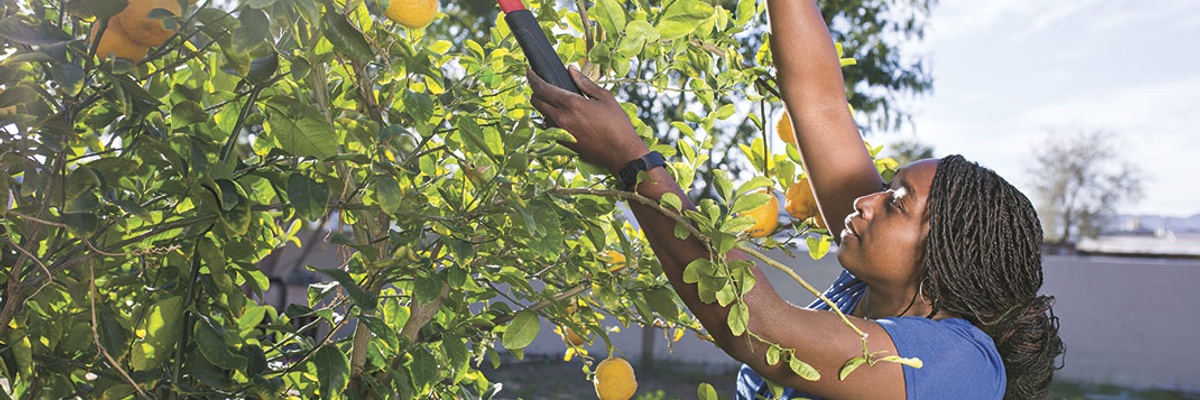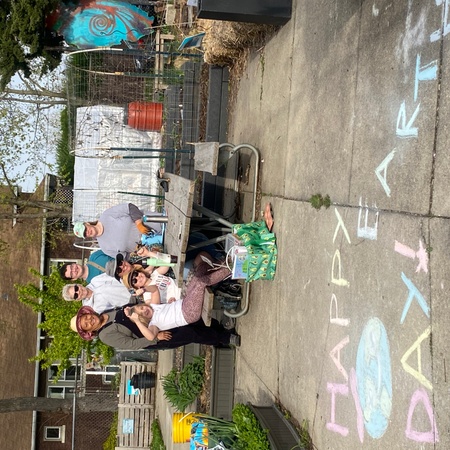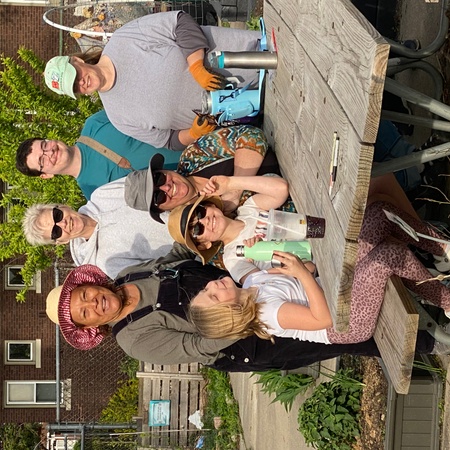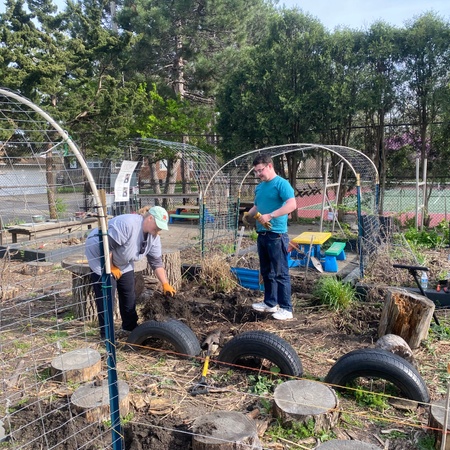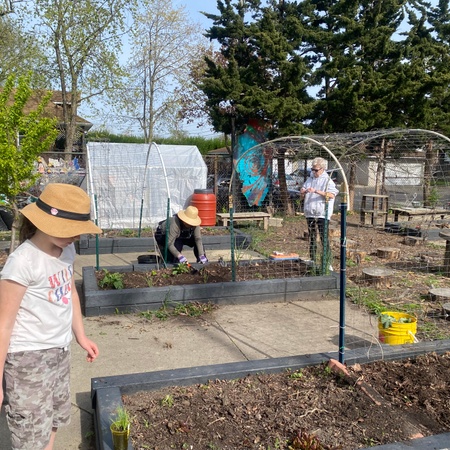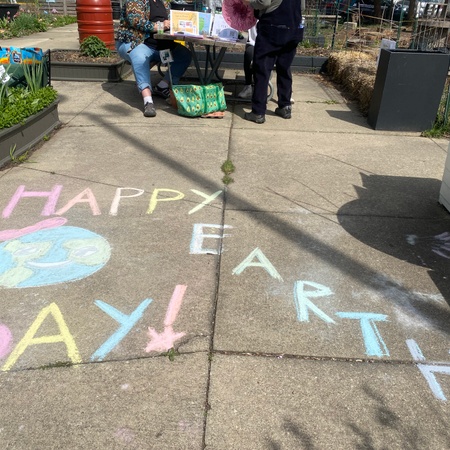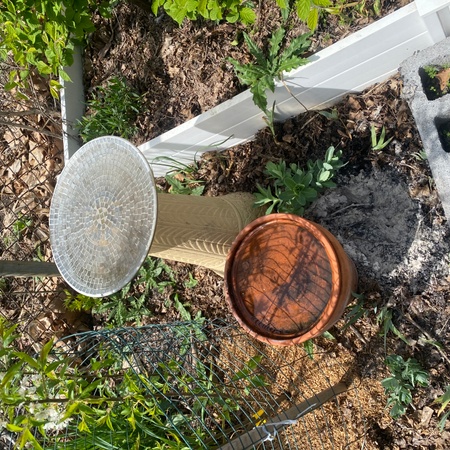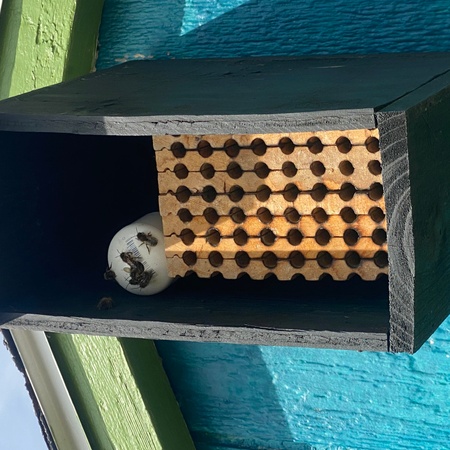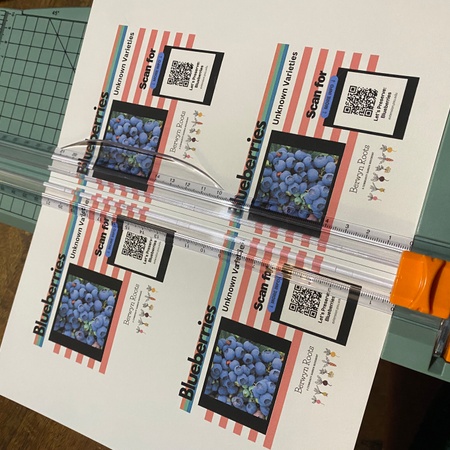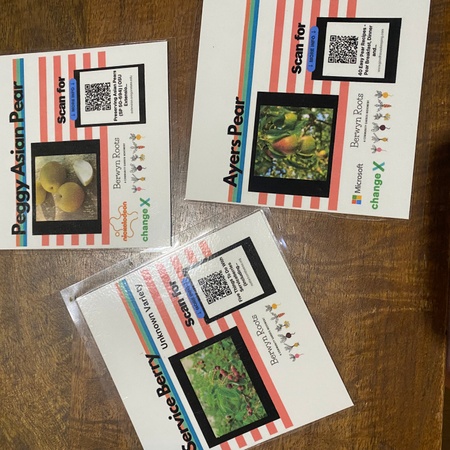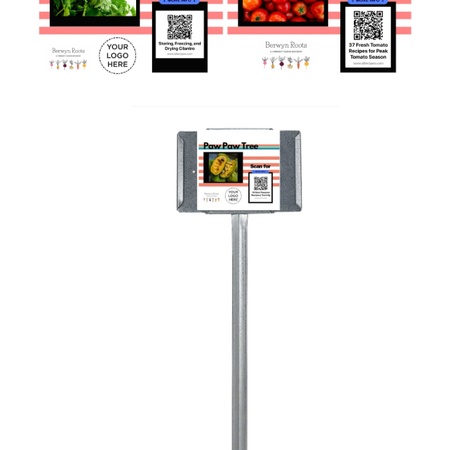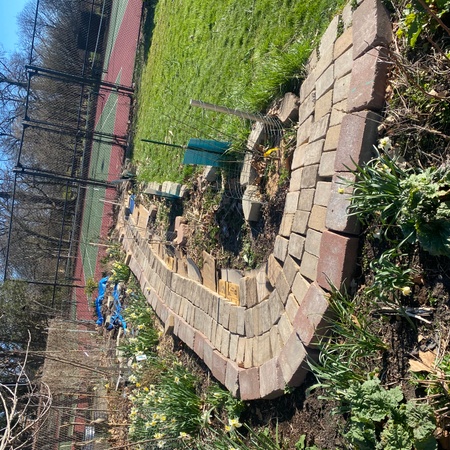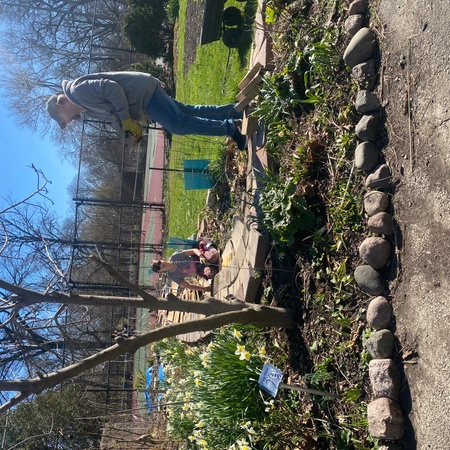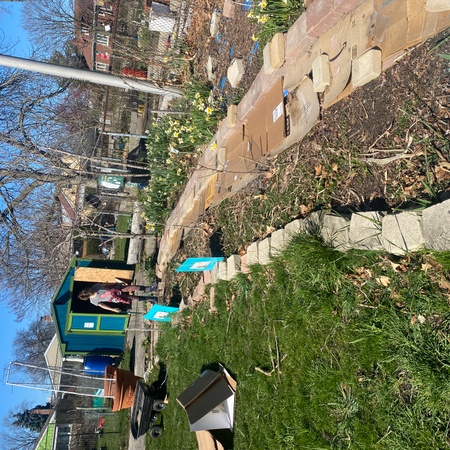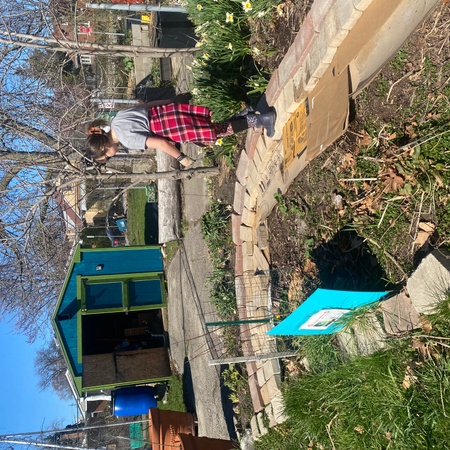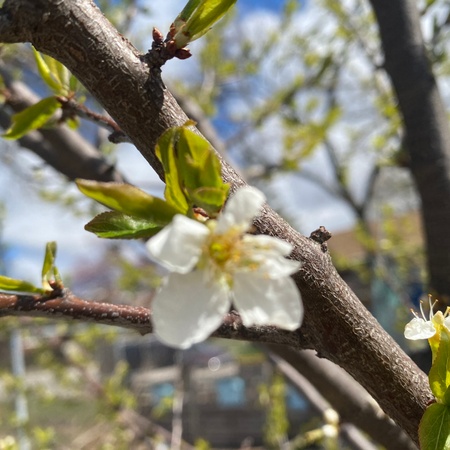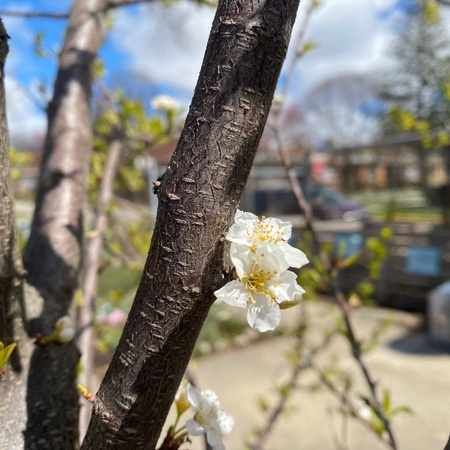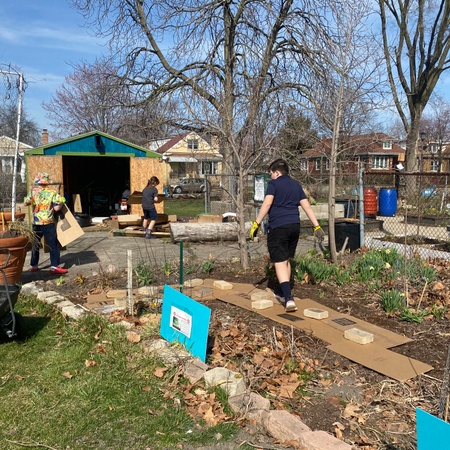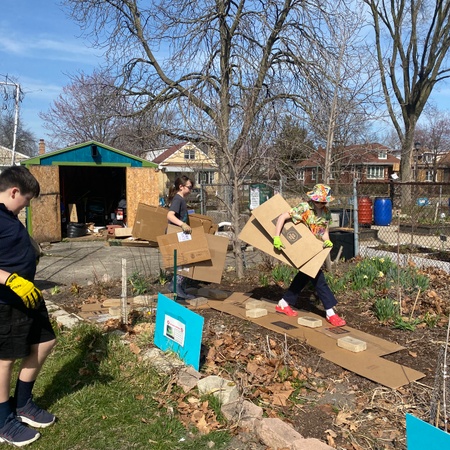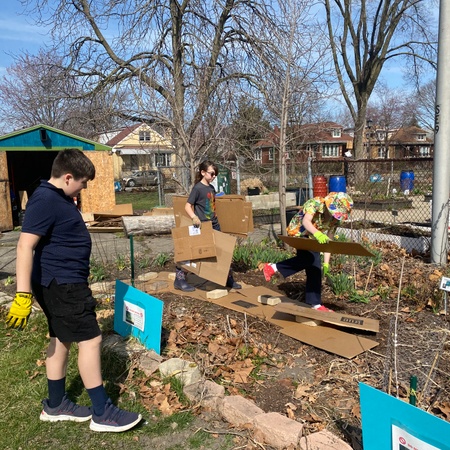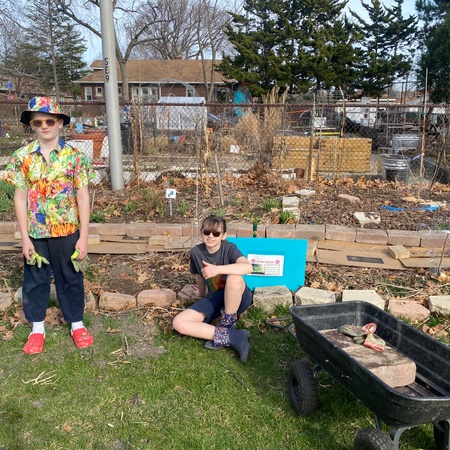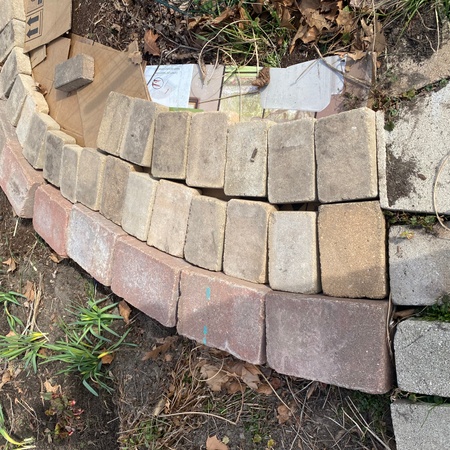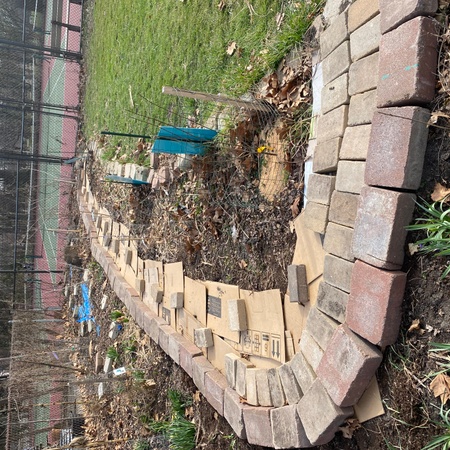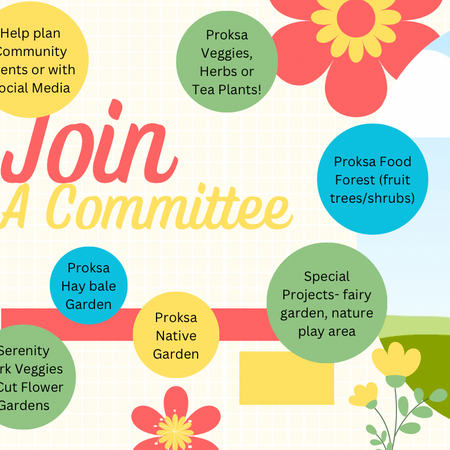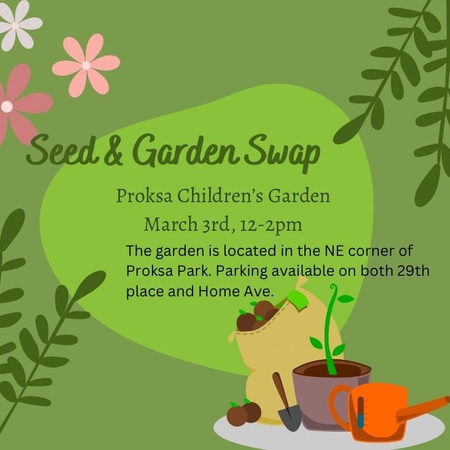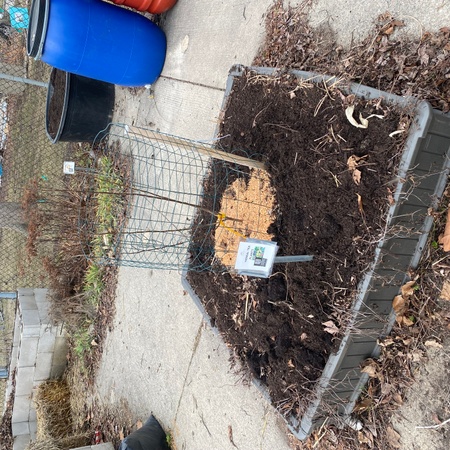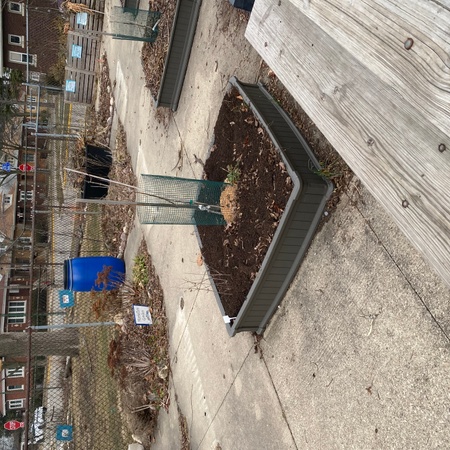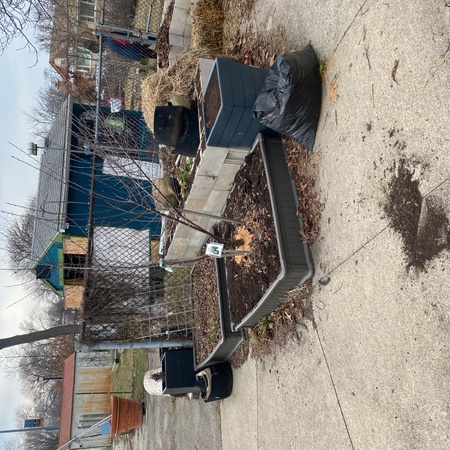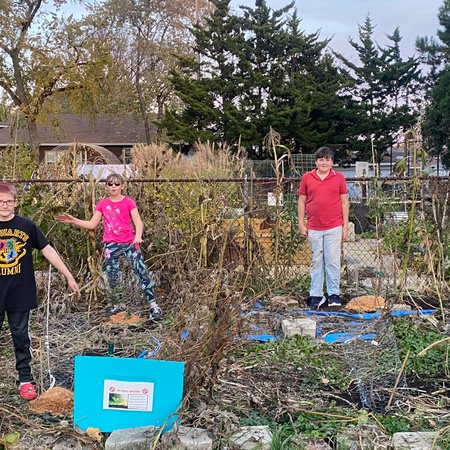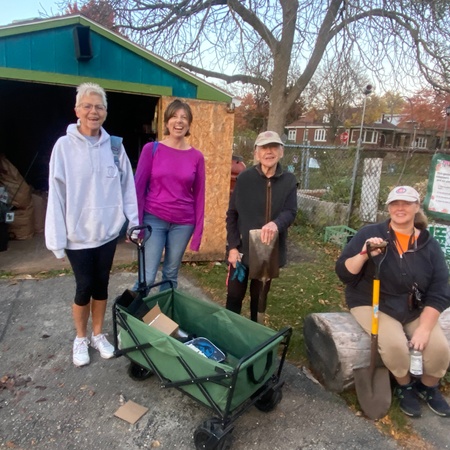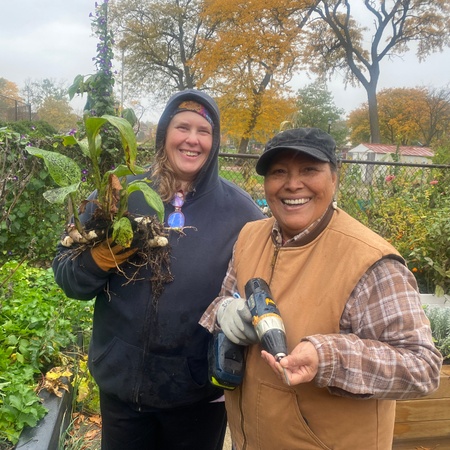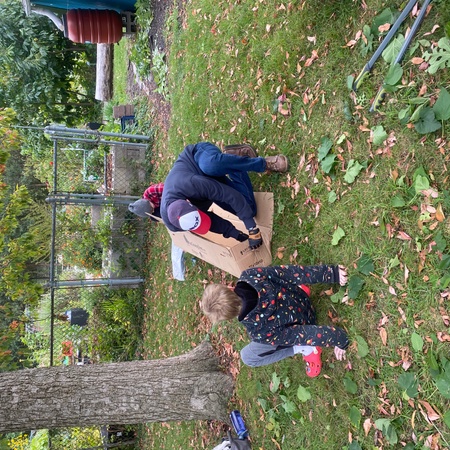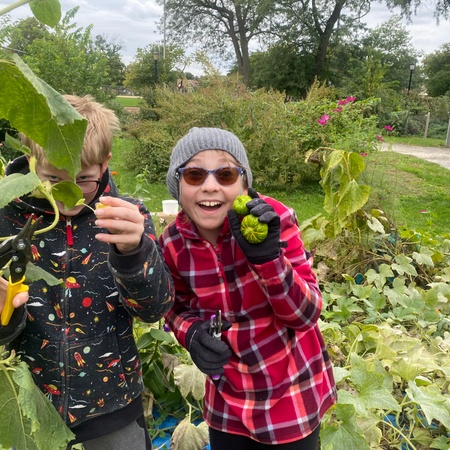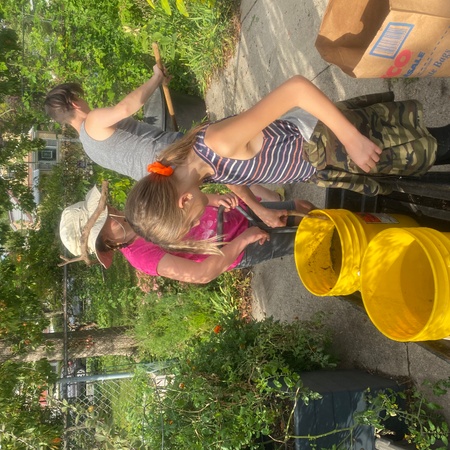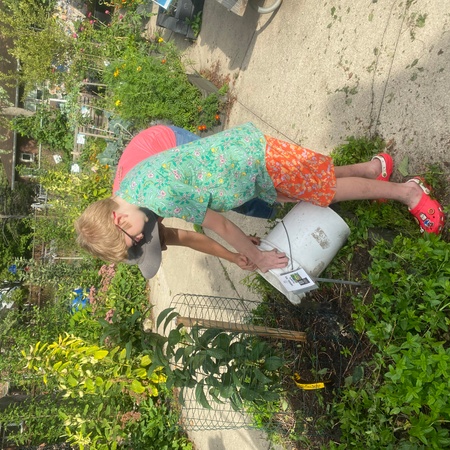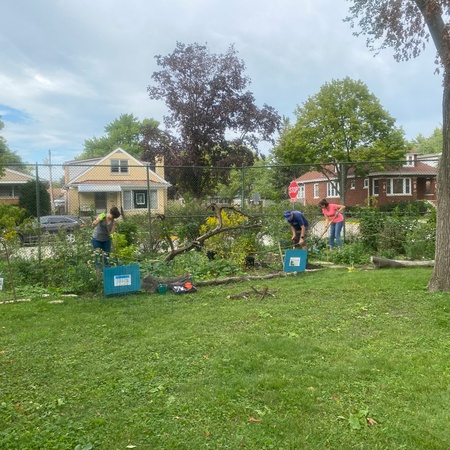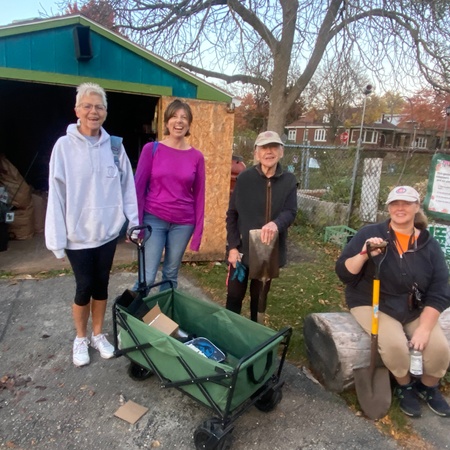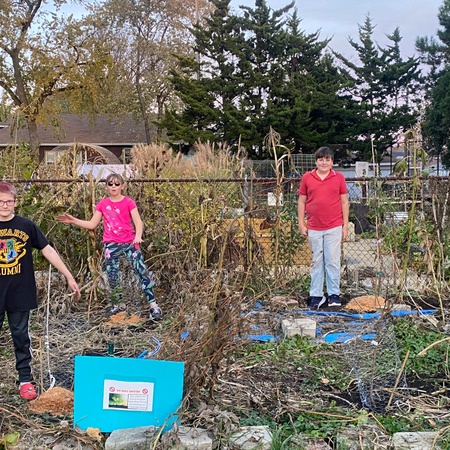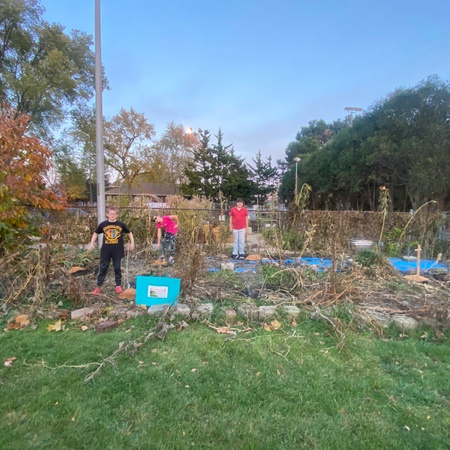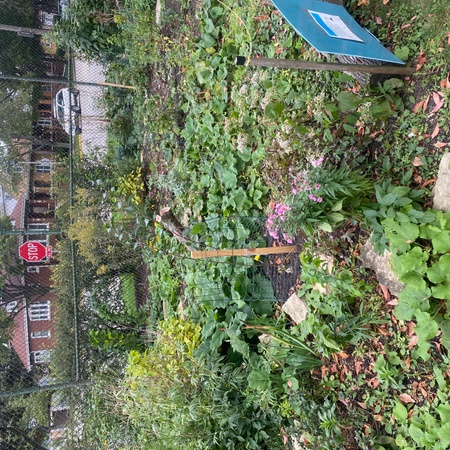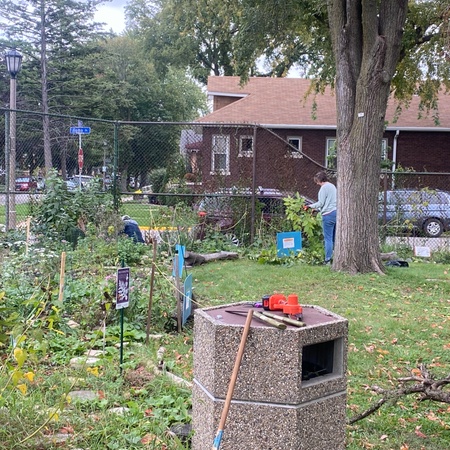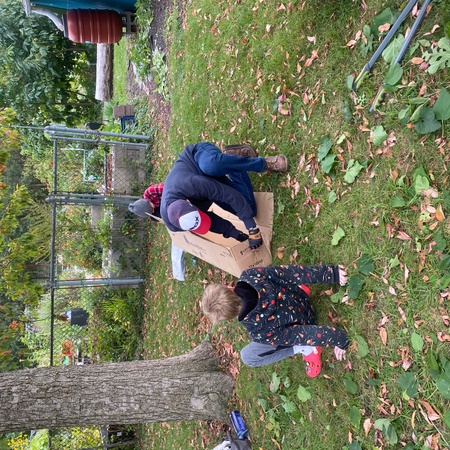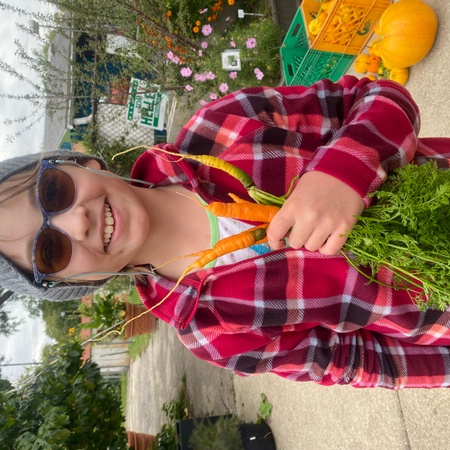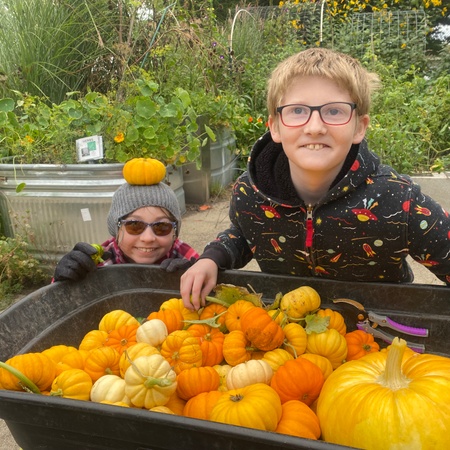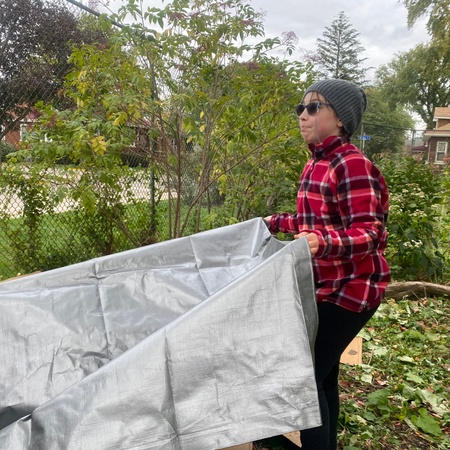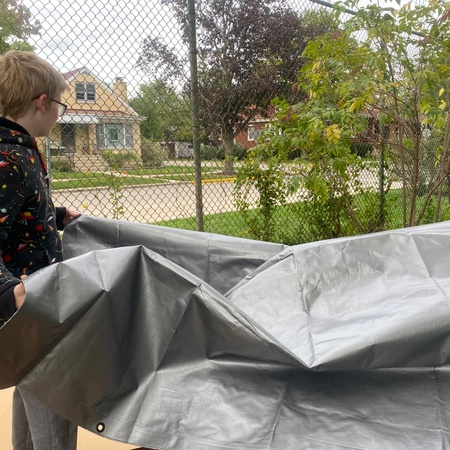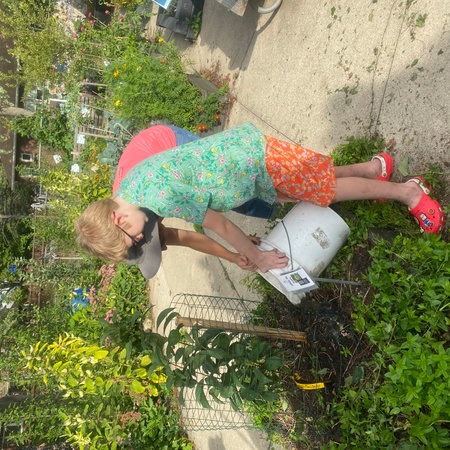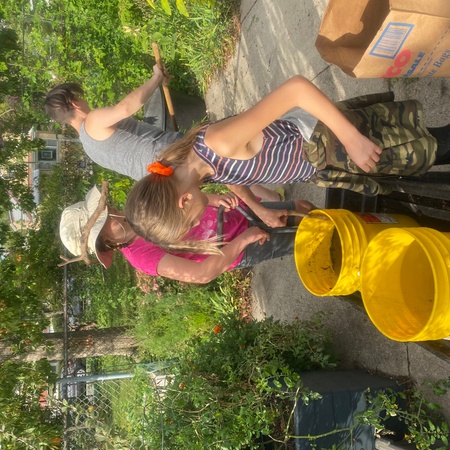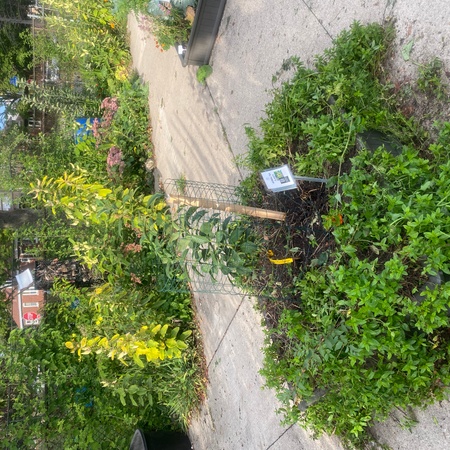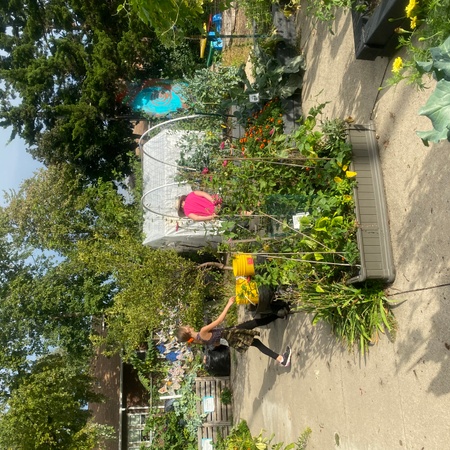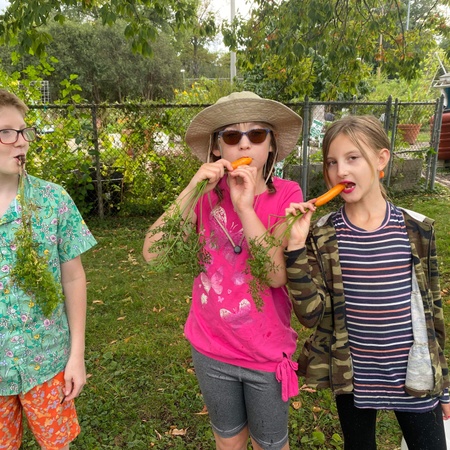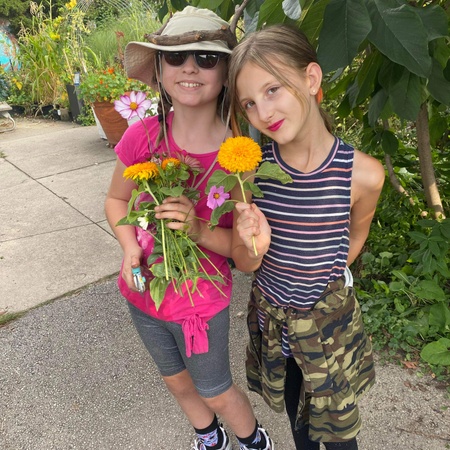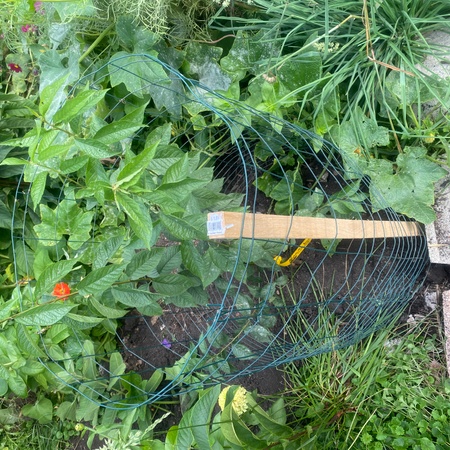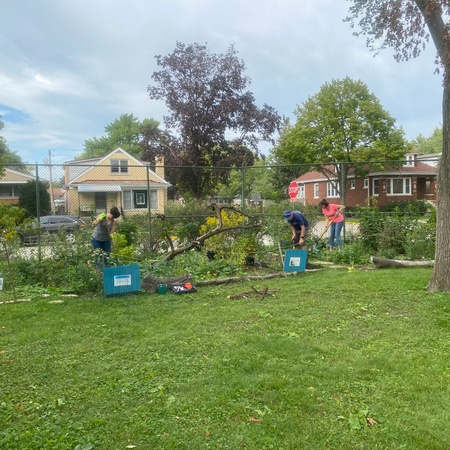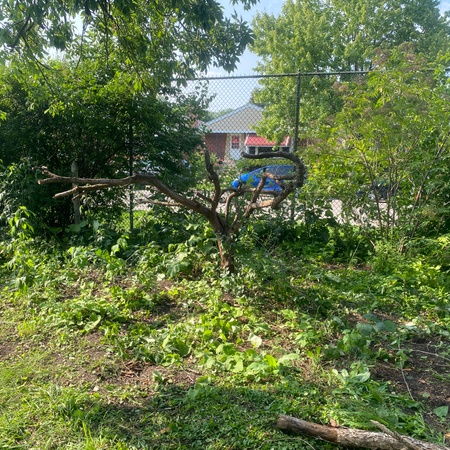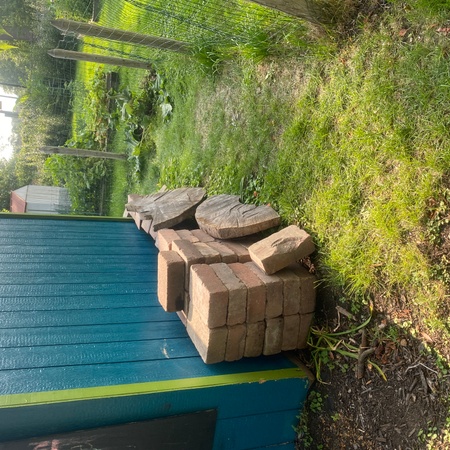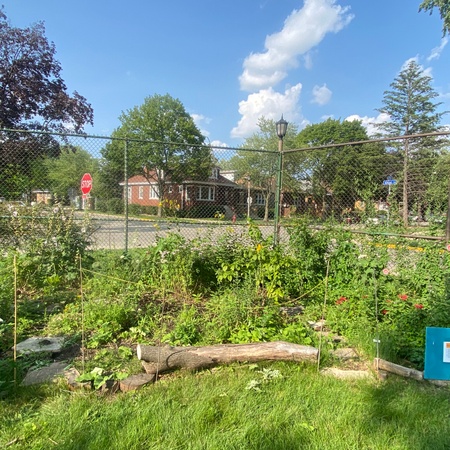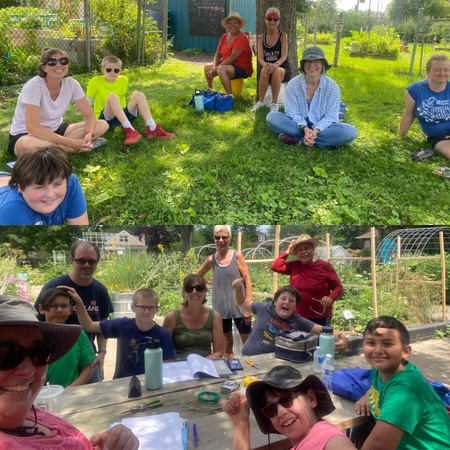Food Forest Action Plan for Proksa Children’s Garden:
Timeline:
We immediately held two meetings this week for interested people as meet and greet work days. Everyone was introduced to each other and the kids began helping map out the spaces we have available to work with the tape measures. We currently have the kids researching fruit trees that will do well in our climate. They will report back next week on which varieties will do best and if they need a pollinator partner.
We already meet at the garden most weeks for watering, maintenance and harvesting, so we will continue to do so until the planting locations are prepared and ready for fall planting. We will be assigning tasks that need to be done before fall planting for volunteers to sign up for.
Plantings will be divided into fall and spring plantings, based on the requirements for each species we select as some do better depending on season.
Budget:
The majority of the budget will go to creating our overstory, understory and shrub layers that will all be fruit bearing plants. We will spend most of the funds at the tree level, selecting a few shrubs with remaining funds that can be split and propagated by our garden volunteers. (Like currants).
Our garden has rabbits which will require us to invest in fencing and stakes to protect trees through the winter months and the first few years of growth.
Due to some invasive weeds, we will need to purchase a handful of tarps to smother areas for spring planting once cleared to make room for more trees.
We will also need a few bags of mulch to put around the base of each plant to keep their roots protected.
If we add blueberries, we will need to amend the soil to make it more acidic with something like leaf mold or peat moss.
Impact:
We plan on designing the fruit trees into clusters of edible food forest designs at the children’s garden that we have been working on for several years now. In our community, we have very small yards, so plant size is always an issue. We want to use our food forest to show the community how they can successfully plant a wide variety of fruit crops in small spaces using a variety of dwarfed species.
One thing the kids want to do is add unusual fruits into the selection process. We inherited pawpaws in our space and they are very popular with visitors, who come back often to see their progress. The kids are looking at figs, persimmon, donut peaches and a few other species that engage our visitors.
In the future, we are hoping to get ample fruit bearing crops to help support the community fridge that is just a few blocks away from our location with a variety of fresh fruits. We have been donating extra produce to the local food pantry for several years now.
Participation:
As far as participation, we have about 10 people interested in the design process, three being youth and several more (adults and kids) that will come help prep areas as needed once tasks are assigned. Our group is about 30 people in total that currently volunteer at the garden each summer. We will also engage visitors by showing them how to care for the plants and harvest fruit, allowing them to participate along side us.
Once trees begin producing, another measurable goal will be the amount of food donated to the community, but we will set those goals once the trees start producing.
Location:
We maintain about a half acre of Proksa Park, with the children’s garden taking up a large amount of that space. We have been clearing out spaces that were overgrown and underused that will work great for this new project. This is a continuous agreement with the park district and we have freedom to plant as we like in our space.
Kid Leaders:
We have three kid leaders so far who have volunteered to help in the research and planning process. They are very excited about the idea of fruit crops and will do much of our plant selection and mapping out the dimensions of the available spaces, with us guiding them on planting, sizing and care requirements.
They will also be able to work alongside our adult volunteers to help prep the spaces for the trees as well as helping when it’s actual planting time. Families will then be tasked with maintenance and watering schedules to make sure our trees remain healthy.

